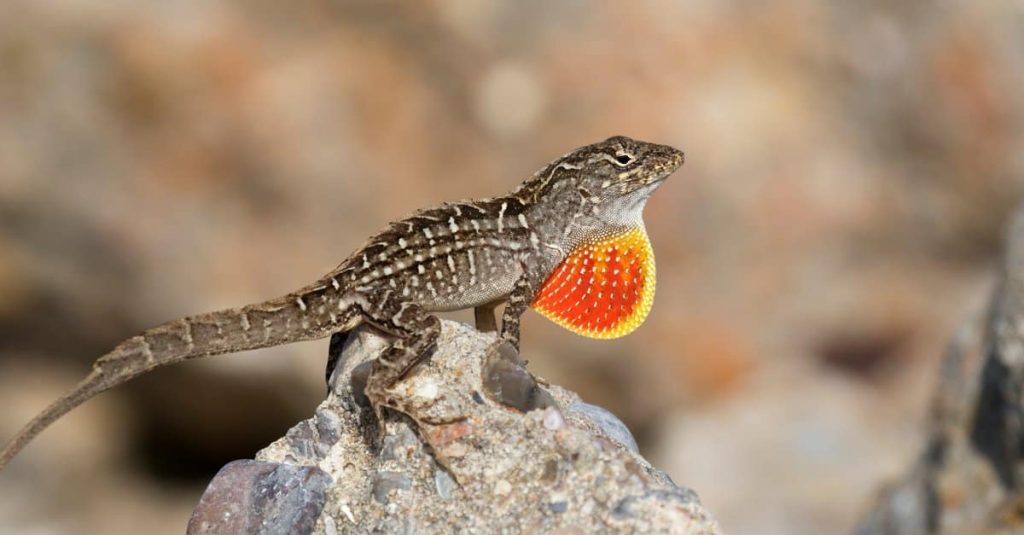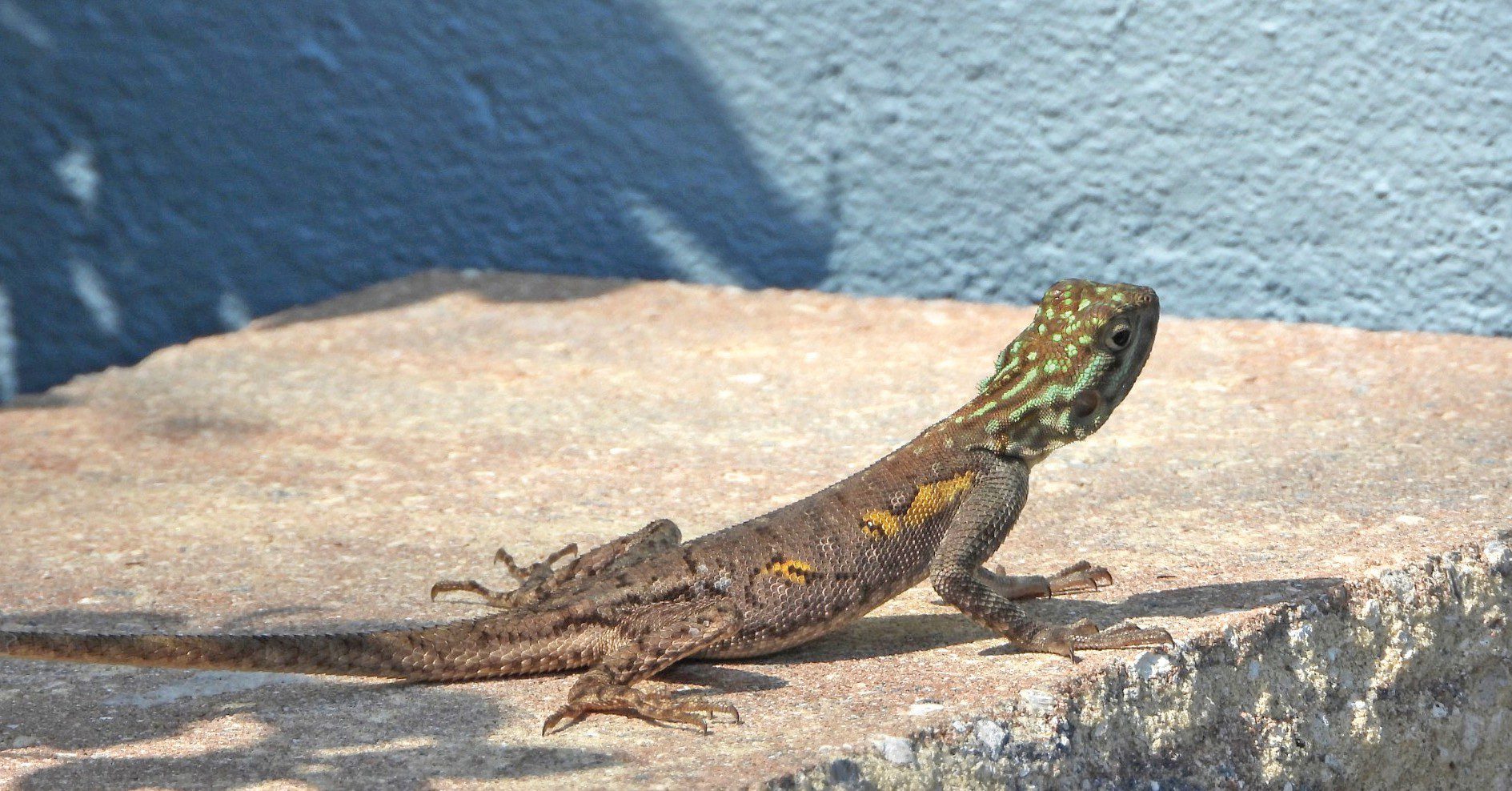Mosquitoes are not only annoying companions of summer holidays in Florida but also carriers of dangerous diseases. However, a new study shows that even such small changes in the ecosystem, like the fight between local lizards and invasive species, can significantly impact their behavior and, accordingly, human health.
Lizards, mosquitoes, and humans: an unexpected connection
Researchers from the University of Florida found that the brown anole — small lizards with orange throats — can help humans by becoming a “target” for mosquitoes, thus reducing the risk of disease transmission to people. At night, these lizards sleep on branches and leaves, making them easy prey for mosquitoes.

However, the situation changes due to the invasion of rock agamas — a large invasive lizard species introduced as an exotic pet but quickly spreading in the wild. Agamas, which are three times larger than anoles, displace them from their habitat, eating their food and even preying on anoles themselves. As a result, the lizard population decreases, and mosquitoes are forced to look for new victims.
How does this affect humans?
When mosquitoes can no longer feed on brown anoles, they switch to other animals, such as birds. This is an alarming factor, as birds are the main carriers of many dangerous viruses. Researchers believe that the more often mosquitoes bite birds, the higher the likelihood they will pick up pathogens and transmit them to humans.
To confirm this hypothesis, a team of scientists conducted large-scale field studies, catching mosquitoes in areas dominated by agamas and analyzing their diet using DNA tests. Then, scientists restored the population of anoles in these locations and repeated the experiment. It is expected that the results will show that the return of lizards to their habitats reduces the number of mosquitoes feeding on birds, thereby decreasing the risk of spreading dangerous diseases.
Will global warming make the situation worse?
According to Dr. Joyti Soman, an infectious disease specialist at Jackson Memorial Hospital in Miami-Dade, the spread of invasive species is not the only factor influencing the proliferation of mosquitoes and infectious diseases. Large-scale use of fossil fuels and climate change contribute to mosquitoes remaining active longer. Forecasts suggest that over the next 25 years, the mosquito activity season in the USA will last two months longer, which could lead to an increase in disease cases transmitted by these insects.
Diseases of greatest concern
Mosquitoes in Florida can carry dangerous viruses, including:
- Dengue fever
- Chikungunya virus
- Zika fever
- West Nile virus
- Eastern equine encephalitis (EEE or “Triple E”)
Eastern equine encephalitis is particularly dangerous, as it causes severe complications such as blindness, hearing loss, or mental disorders. The mortality rate from this disease can reach 30%.
What can be done?
Researchers hope that their results will help local authorities allocate resources to combat agamas and protect brown anoles, which could positively impact the reduction of mosquito-borne diseases. As ecologist Melissa Miller notes, even such small changes in the ecosystem can have a significant impact on human health.
Therefore, supporting the natural balance and controlling invasive species is an important step to protect not only Florida’s flora and fauna but also the residents of this region themselves.



